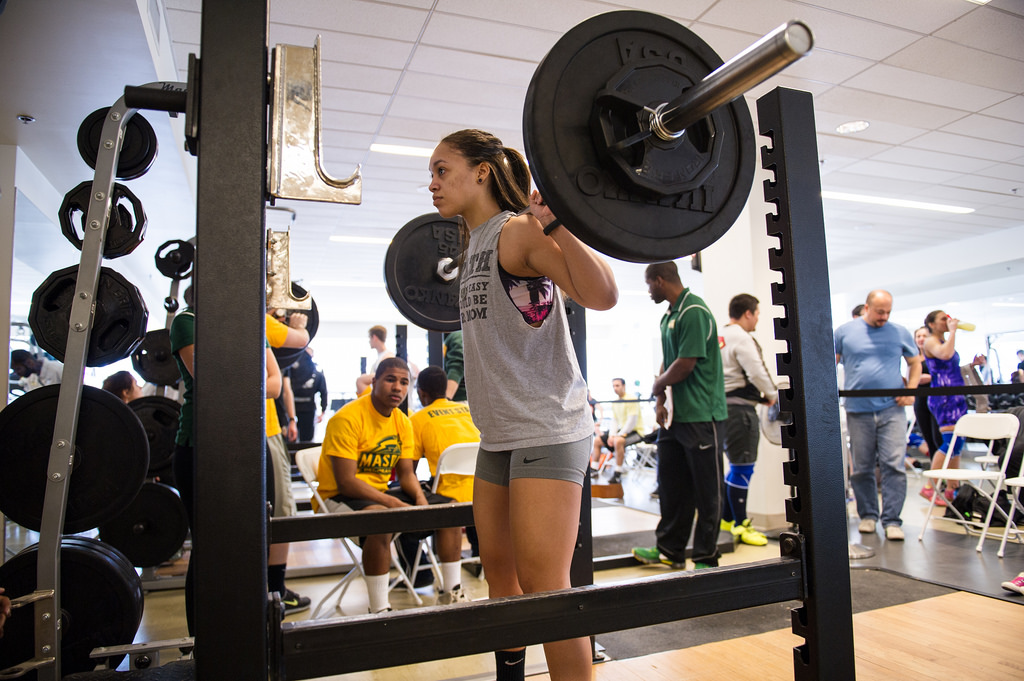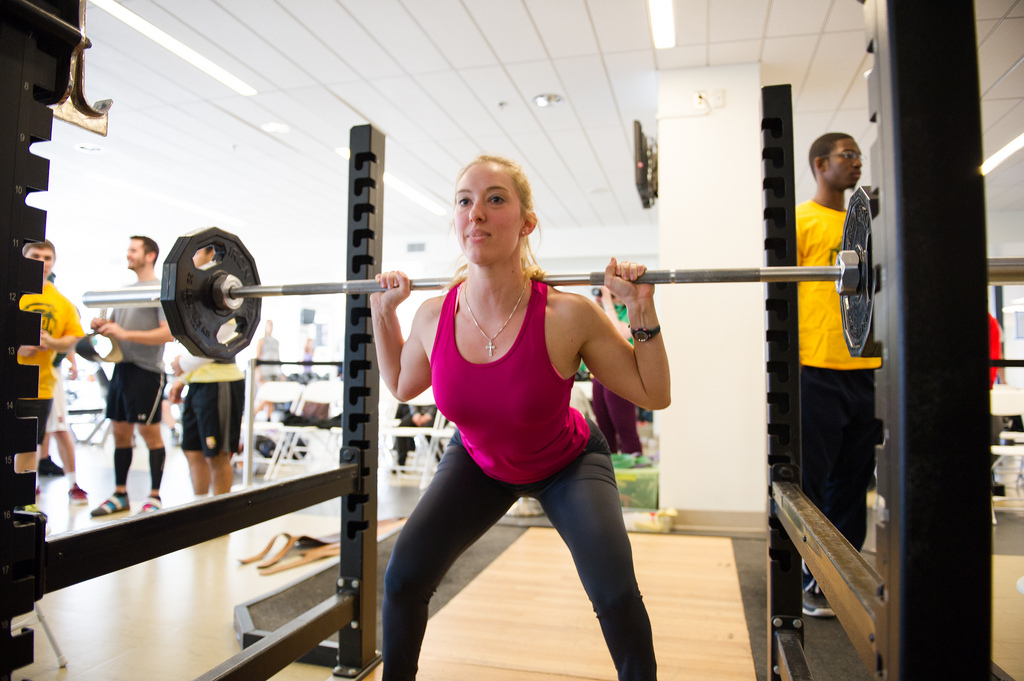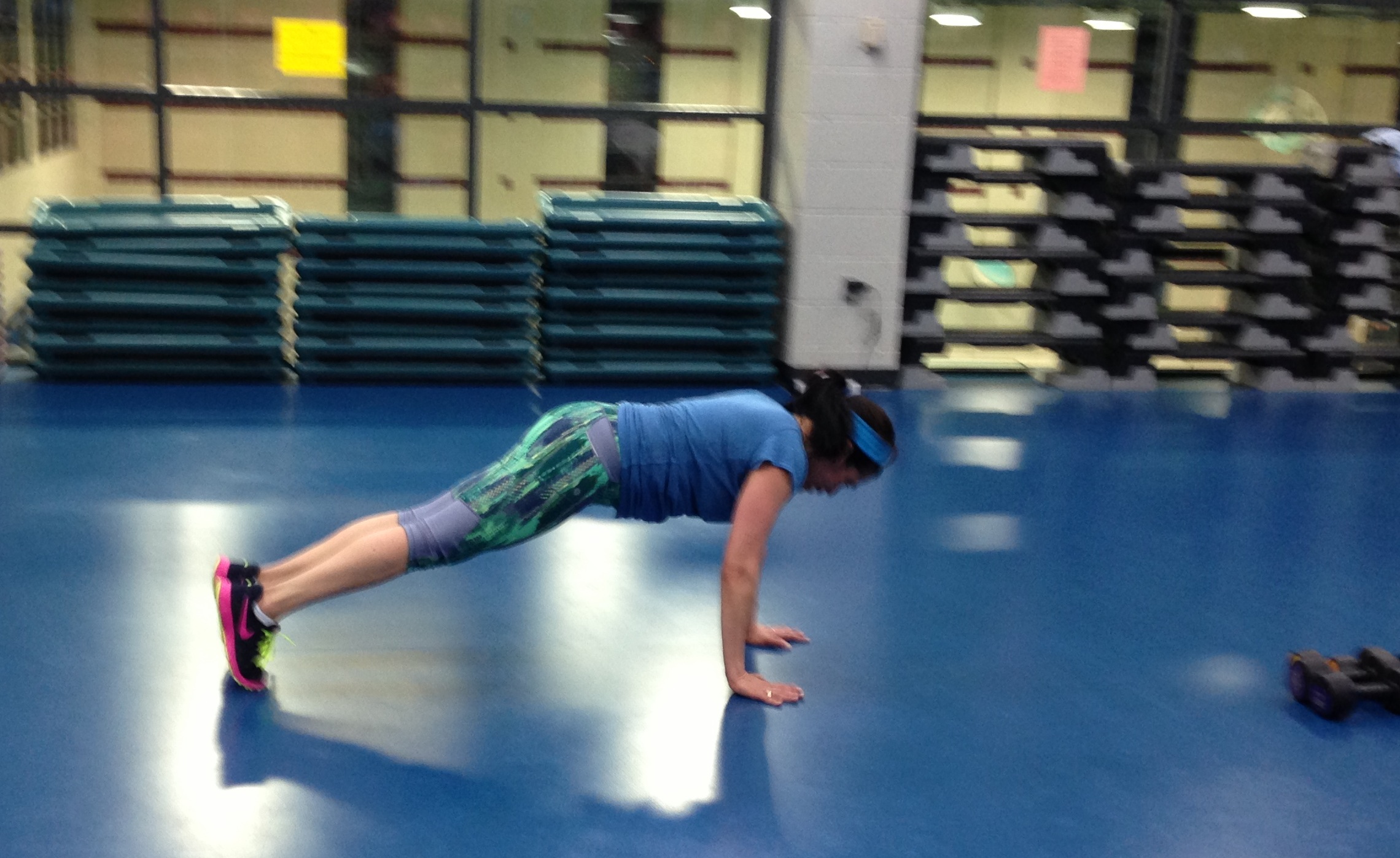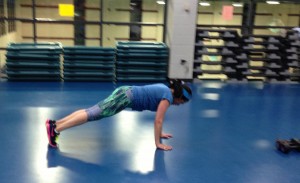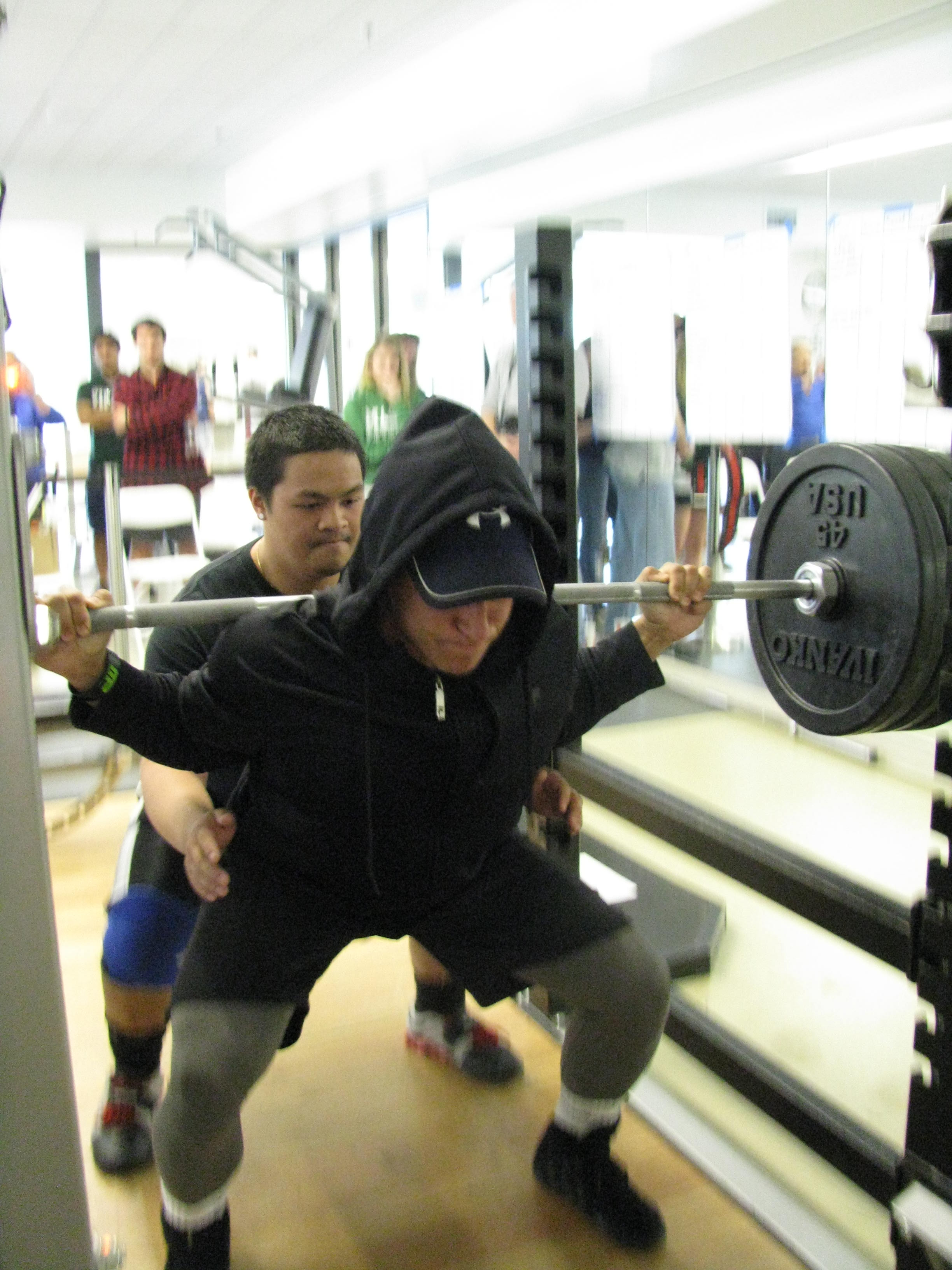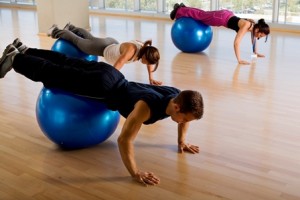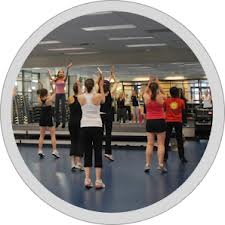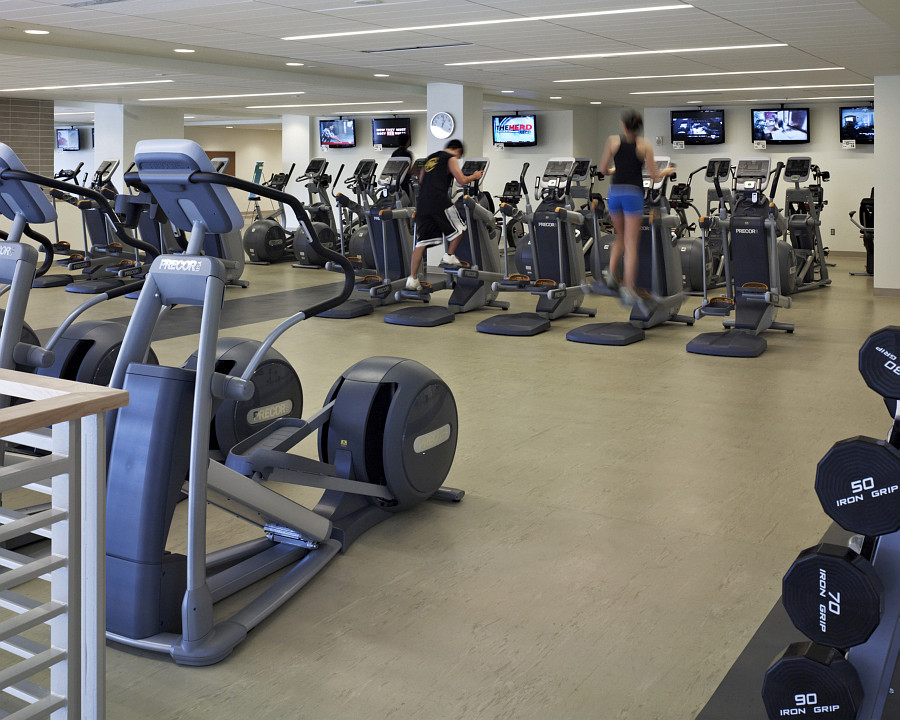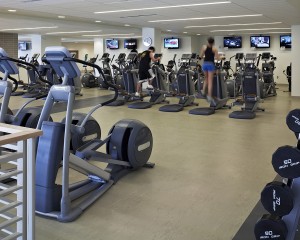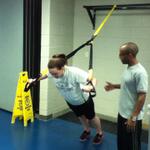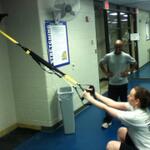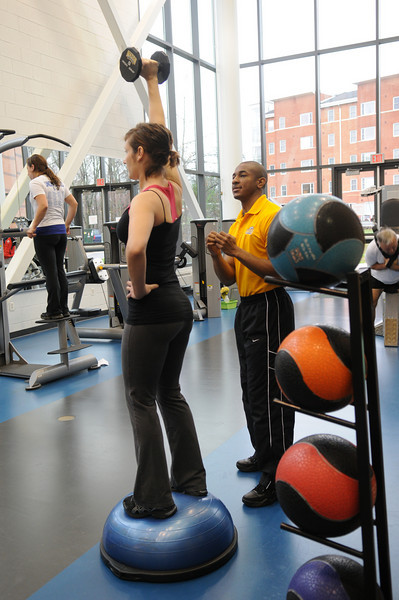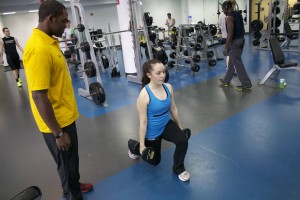By: Alison Hall
There’s no debating the fact that exercise and a healthful diet are great for weight loss. But there are many myths out there that need to be dispelled. Today we will debunk some of these myths
Myth: If I eat well I don’t have to exercise/If I exercise I can eat whatever I want.
Truth: It’s possible to lose weight with just clean eating or just exercise. However, you are more likely to stay on track with both. Your Calorie needs change over time, so your calorie intake now might be too high for future weight loss without exercise. When you exercise, you should want to fuel your body properly. A body fueled with a healthful variety of whole, unprocessed foods will help give you more energy, allowing you to exercise longer and burn even more calories.
Myth: Muscle turns to fat and fat turns to muscle
Truth: Muscle develops and can take the place of fat you have burned off, and when muscle mass decreases, fat can take its place. While the two things can happen at once, they do not transform from one to the other. Strength training will help build muscle. Exercising at an intensity that raises your heart rate will help burn fat and calories.
Myth: Muscle weighs more than fat
Truth: A pound of muscle weighs the same as a pound of fat. The difference is volume. A pound of fat takes up more space than a pound of muscle. If you filled one-gallon boxes with muscle and with fat, the muscle box would weigh more because more muscle is needed to fill the box. The benefits of muscle outweigh fat, so embrace your muscle weight.
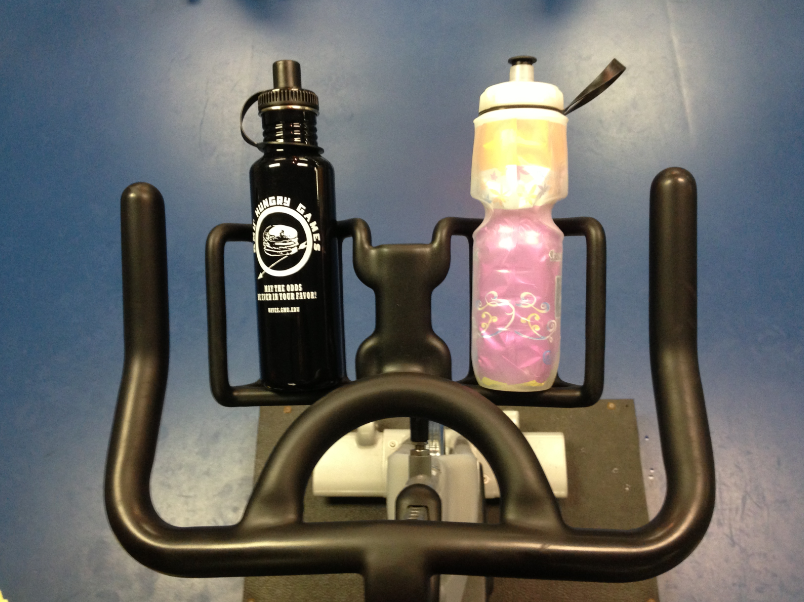 Myth: More sweat means more weight loss
Myth: More sweat means more weight loss
Truth: More sweat means more water loss. If your weight drops dramatically after exercising, you may be dehydrated. You should drink water before, during, and after your exercise session to prevent dehydration. You might not see the immediate large drop in numbers on the scale, but in the long run, you will stay healthy enough to keep exercising, and the drop in numbers will come.
Myth: Doing crunches or other ab exercises will give you six-pack abs
Truth: Strengthening your abdominals in combination with a well-rounded exercise program and healthful diet can result in visible abs. Everyone has the rectus abdominis muscles that make up “six pack abs.” What makes them visible or not is what’s on top of them. A person can have strong, developed rectus abdominis muscles, but fat keeps them from being seen. Strengthen you abdominals—and the rest of your core muscles—to keep you strong and healthy. The less fat you have overall, the more chance they will be visible.
Myth: Lifting weights makes women bulky
Truth: Women should lift weights to stay strong and healthy. Women in bodybuilding competitions train a certain way to look like they do. They usually work with a coach and/or dietician with a specific goal to enhance muscle growth. In general, weightlifting will not make women bulky. Multiple sets with higher repetitions of lighter resistance is a great way for women to start lifting with no fear of bulk.

